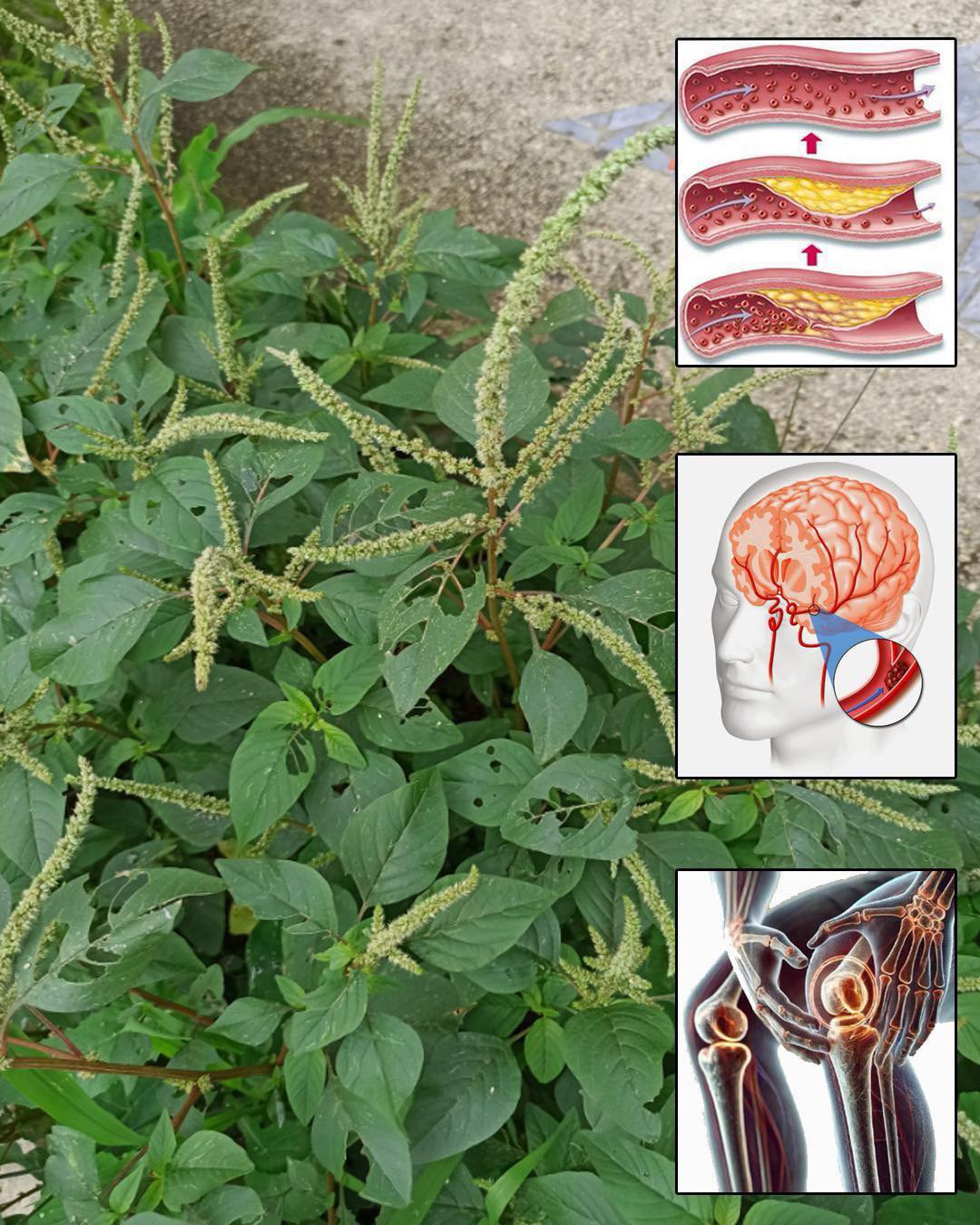- Livestock Feed: The plant is used as fodder for animals, providing them with a nutritious diet.
- Soil Health: Its rapid growth helps prevent soil erosion and restores fertility by adding organic matter when it decomposes.
- Weed Control: It can outcompete invasive weeds in some agricultural systems.
6. Environmental Significance
- Drought-Tolerant Plant: Thrives in arid and semi-arid regions, making it valuable for landscaping and erosion control.
- Pollinator-Friendly: Its flowers attract pollinators like bees and butterflies, enhancing local biodiversity.
7. Potential Concerns
While Amaranthus albus has many benefits, it also has some drawbacks:
- Weed Status: In many regions, it is considered an invasive species, as it competes with crops for nutrients and water.
- Nitrate Accumulation: The plant can accumulate high levels of nitrates under certain conditions, which may be toxic to livestock if consumed in large quantities.
- Oxalate Content: Contains oxalates, which may pose a risk to individuals prone to kidney stones if consumed in excess.
8. How to Grow Bledo Blanco
- Soil: Prefers well-drained, sandy, or loamy soil but can grow in a variety of conditions.
- Sunlight: Thrives in full sun but tolerates partial shade.
- Watering: Minimal watering is needed, as it is drought-resistant.
- Propagation: Grown from seeds, which germinate quickly.
9. Cultural Significance
-
- Traditional Use: In many Latin American and Indigenous communities, bledo blanco has been valued as a food and medicinal plant for centuries.
- Spiritual Connection: In some cultures, the plant is used in rituals and ceremonies for its symbolic significance in promoting health and abundance.
Groceries
Bledo Blanco (Amaranthus albus) is more than just a weed—it is a resilient and versatile plant with significant nutritional, medicinal, and environmental benefits. While it poses challenges as an invasive species in some areas, its potential as a food source, livestock feed, and soil improver makes it a valuable resource, particularly in regions with limited agricultural options.
